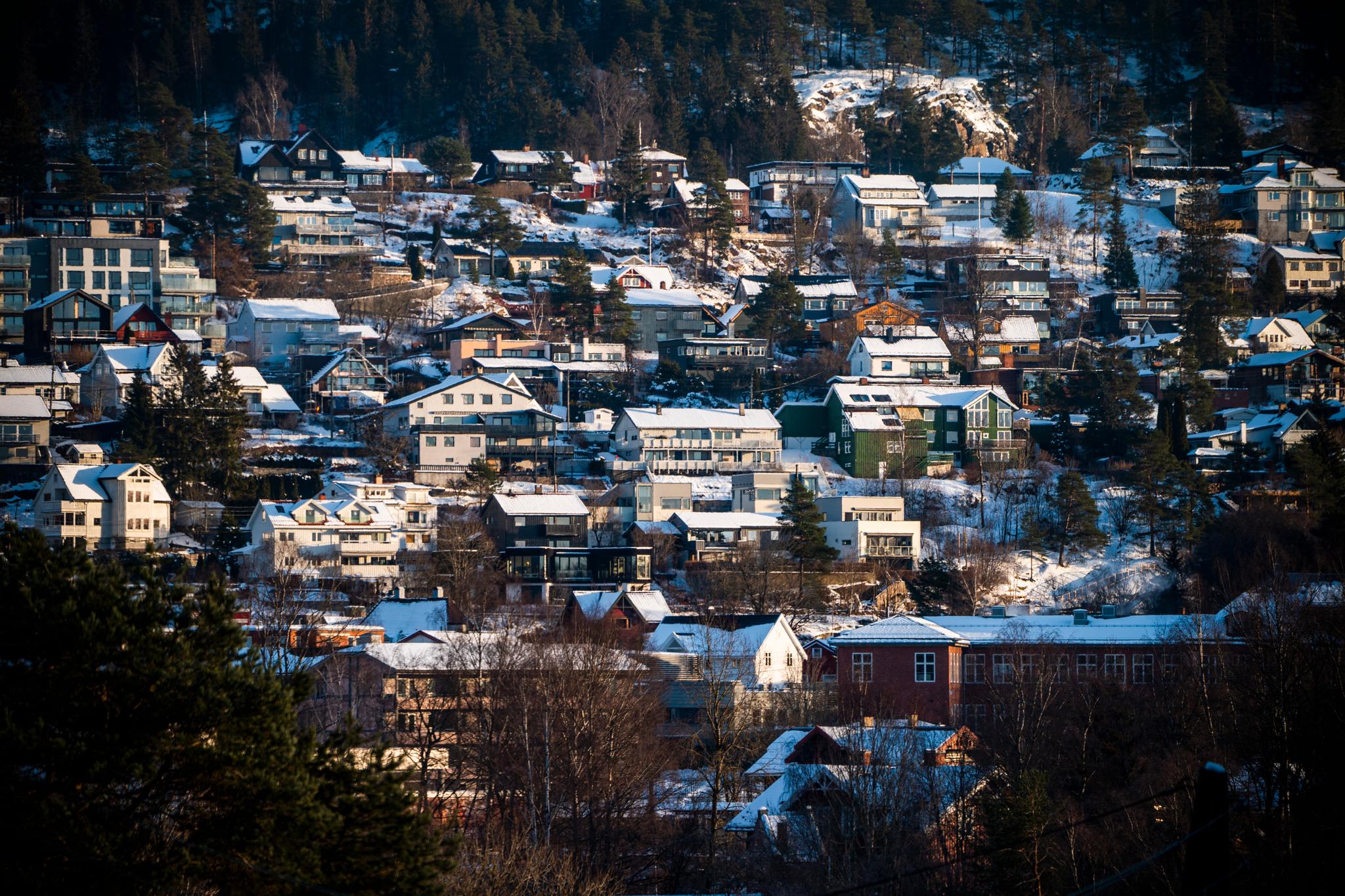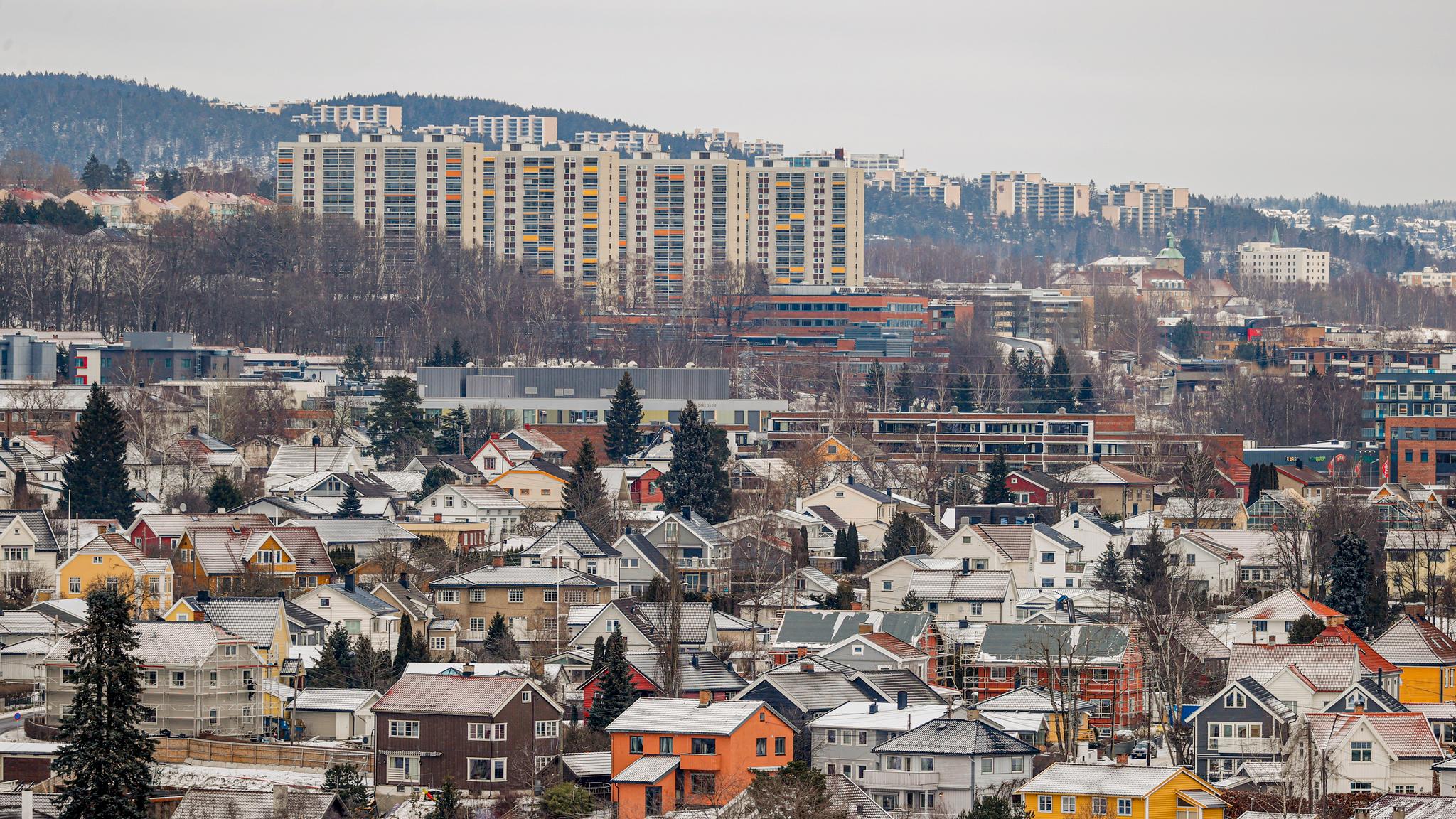Enova will introduce new support schemes for energy saving in industry, housing associations and commercial buildings. Owners of detached houses and detached houses get more money, but have to wait for new measures.
Six months have passed since the Storting asked the government to introduce emergency measures to save energy in Norwegian buildings. Now Enova comes with its recommendation on how they can deliver on the requirements:
- Two new support schemes for industry, commercial buildings and housing associations/co-owners should in the long term be able to speed up energy saving.
- Enova will use around half a billion extra for energy efficiency measures. The pot for smart energy measures in households is increased.
- Enova does not recommend providing support for partial energy upgrades of detached houses and detached houses now, as the Storting demanded.
25 percent of Norwegian households live in blocks of flats. For the 75 percent of Norwegian households that live in detached houses or other detached houses, Enova is not proposing any new support schemes at this time. More on why later.
First: Why is it so important to save electricity, and how much is it possible to cut?
Mostly found in commercial buildings and detached houses
The Energy Commission estimated earlier this winter that we must cut electricity consumption by 10–15 terawatt hours by 2030 in order to reach the climate targets and avoid the really big electricity crisis. This corresponds to between 7 and 10 per cent of Norway’s total electricity consumption last year.
NVE has calculated that around 13 TWh can be saved in Norwegian buildings with measures that are profitable with an electricity price of NOK 1 per kilowatt hours.
The potential is greatest in commercial buildings. Around 10 TWh can be saved here. In detached houses, 3 can be saved, while the potential for housing associations and condominiums is less than 1 TWh.
Enova proposes two main measures to speed up electricity saving in industry, commercial buildings and residential blocks:
1. Support for energy mapping of the building
2. Investment support to make the building more energy efficient.
Rewards results
The energy mapping must be carried out by an independent consultant. The aim: to provide an overview of the building’s energy status and current improvement measures. Co-owners, housing associations and building owners can then apply for investment support to raise the building’s energy rating.
The sweetening schemes must be connected to the energy label scheme for buildings. According to Enova, this does not work optimally today, and is to be changed during 2024.
But Enova believes it is not necessary to wait for a new arrangement before starting the measures.

Green, favorable loans
The support will also refer to the EU’s so-called taxonomy, a financing scheme for green investments.
– This will be extremely important in order to maximize the single-use potential in the Norwegian economy, says State Secretary Ragnhild Syrstad in the Ministry of Climate and Environment.
– When this is linked to sustainable financing so that upgrades to energy-efficient buildings are rewarded with green, favorable interest rates, we get a completely different momentum in this market, she says.
Detached house owners must wait for new measures
Home owners can now receive support through Enova if they renovate the entire home so that it meets strict requirements for energy consumption.
But most homeowners cannot afford such an extensive remodel. Instead, they upgrade the home step by step, for example by changing windows, or insulating better. The Storting therefore asked that the scheme be changed, so that households can receive subsidies even when only parts of the house are upgraded.

Enova will not do that now. They point out that around 75 per cent of the upgrades that home owners make today already lead to energy upgrades.
“A high proportion of any grant for step-by-step upgrading will go to projects that would also have been carried out without the grant, i.e. inefficient use of resources,” writes Enova in the recommendation.
They estimate that such an arrangement would cost around NOK two billion a year.
They believe that in the long term, home owners can perhaps be included in the new schemes for commercial buildings and housing condominiums. But that should not happen before the new energy label scheme is in place in 2024.
Notifies more changes
Private individuals can now receive support through the so-called Enova grant for 14 different measures that save energy. This is so-called mature technology that is considered immature in the market. It can be smart power management, certain types of heat pumps, water-borne heating and solar cell systems.
Enova proposes to increase the pot for such measures so that more people can receive support.
The Storting asked the government to give households support for several measures that can trigger rapid cuts in energy consumption, such as conventional heat pumps, batteries and geothermal heating. Enova writes that they continuously assess which measures are to be covered by the support scheme.
However, both Syrstad and Enova say that there will be changes to the subsidy scheme “during the spring”.


